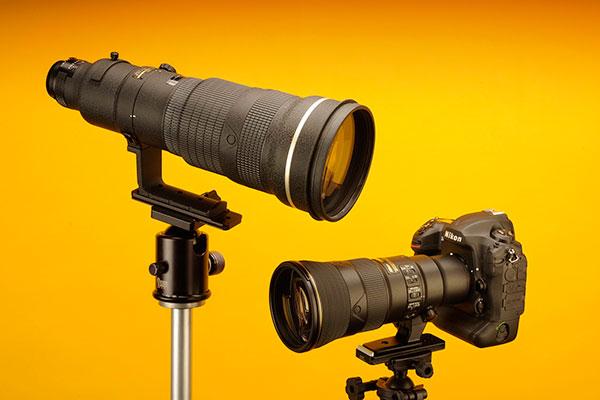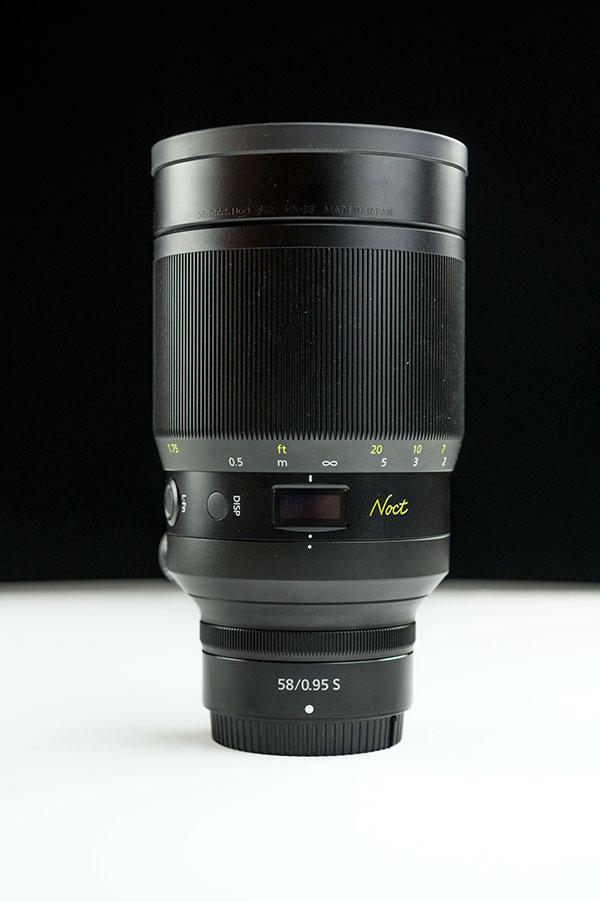Lens News
Sort By: Post DateTitle Publish Date
|
Jun 08, 2015
|
Jan 29, 2019
|
Aug 16, 2016
|
Jul 01, 2015
|
Jan 07, 2020
|
Jun 14, 2018
|
Mar 26, 2024 |
First Published: Mar 27, 2024
|
Jan 07, 2019
|
Feb 13, 2019
|
Aug 22, 2018
|
Sep 04, 2019
|
Jul 31, 2019
|
Oct 10, 2019
















